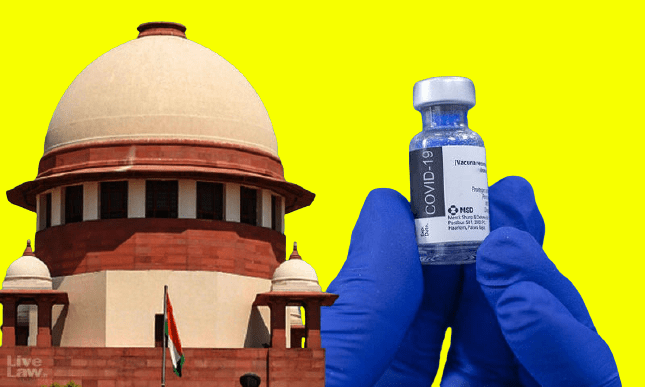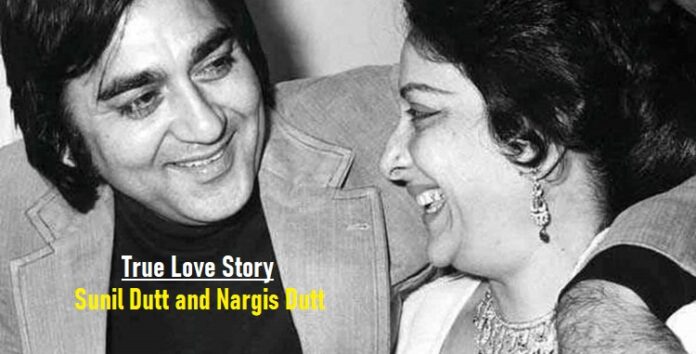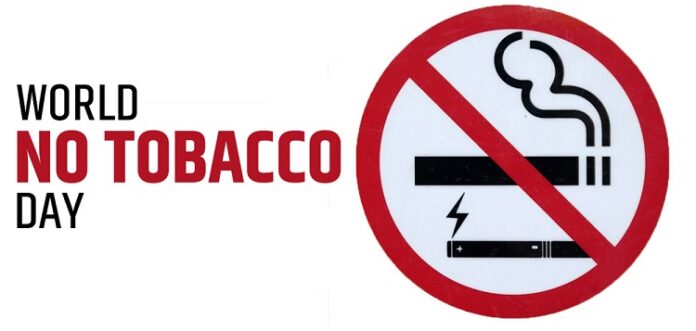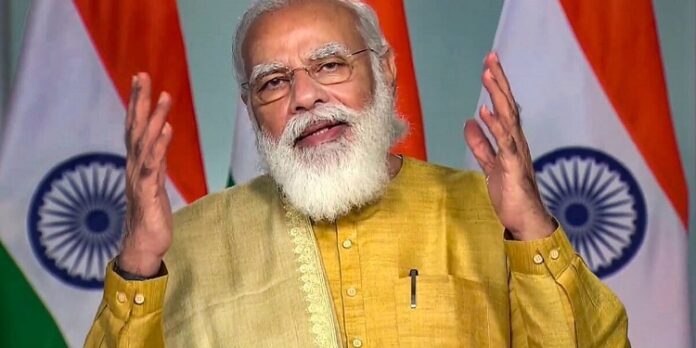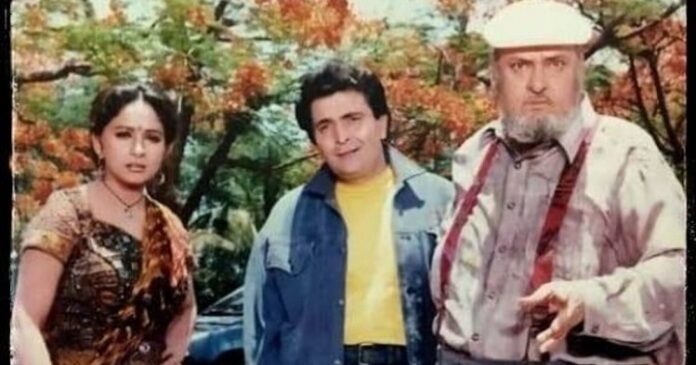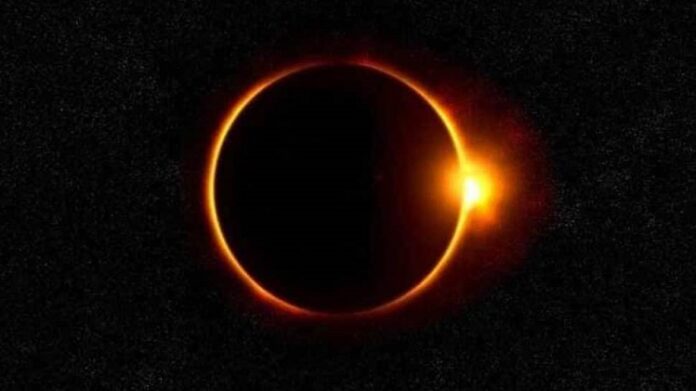The US announced Thursday that it will distribute Covid-19 vaccines to India as part of its “global vaccine sharing strategy,” days after External Affairs Minister S Jaishankar met with key officials in the Biden administration in Washington DC.
The announcement was made by President Joe Biden, and Vice President Kamala Harris called Prime Minister Narendra Modi to discuss Washington’s plans to make vaccines available to other countries, including India.
In the first tranche of doses, India is expected to receive about 2-3 million doses via COVAX and directly from the United States, according to preliminary estimates. According to a provisional official report, India administered 2.62 million doses on Thursday. There were 24,04,166 people who received the first dose and 220,805 who received the second dose.
According to a US statement, the administration will begin sharing the “first 25 million doses of COVID vaccines” with countries as part of a global plan to share at least 80 million vaccines by June 30.
“At least 75 percent of these doses — nearly 19 million — will be shared through COVAX, with approximately 6 million for Latin America and the Caribbean, 7 million for South and Southeast Asia, and 5 million for Africa, working in coordination with the African Union and the Africa Centres for Disease Control and Prevention,” Biden said.
Spoke to @VP Kamala Harris a short while ago. I deeply appreciate the assurance of vaccine supplies to India as part of the US Strategy for Global Vaccine Sharing. I also thanked her for the all the support and solidarity from the US government, businesses and Indian diaspora.
— Narendra Modi (@narendramodi) June 3, 2021
“The remaining doses, just over 6 million, will be distributed directly to countries experiencing surges, as well as other partners and neighbours, such as Canada, Mexico, India, and the Republic of Korea,” he said.
Pfizer, Moderna, and J&J will be among the first 25 million doses, according to White House Coronavirus Response Coordinator Jeffrey Dunston Zients.
“We’re not sharing these doses to gain favours or extract concessions,” Biden said. With the power of our example and our values, we are sharing these vaccines in order to save lives and lead the world in putting an end to the pandemic.”
He stated that the United States has allocated the first 25 million vaccines to lay the groundwork for increased global coverage and to address real and potential surges, high disease burdens, and the needs of the world’s poorest countries.
After speaking with Vice President Harris, Prime Minister Modi expressed his gratitude for the assurance of vaccine supplies to India as part of the US Global Vaccine Sharing Strategy. I also expressed my gratitude for the support and solidarity shown by the government, businesses, and the Indian diaspora.”
They also talked about ongoing efforts to strengthen India-US vaccine cooperation, as well as “the potential of our partnership to contribute to post-Covid global health and economic recovery,” according to him.
According to US National Security Advisor Jake Sullivan, Biden made a commitment to ensure that India received doses, not just under the regional portion of COVAX, but also from the “discretionary” portion of the US budget.
According to Zients, the US administration is “removing AstraZeneca’s Defense Production Act priority ratings.”
This move is expected to make it easier for vaccine makers, such as the Serum Institute of India in Pune, to obtain raw materials.
“Strong American leadership is critical for ending this pandemic now and strengthening global health security for the future — to better prevent, detect, and respond to the next threat,” Biden said. The US will be the world’s vaccine arsenal in our collective fight against this virus. As we learn from our experience distributing the vaccine doses announced today, we’ll have more information about how future vaccine doses will be distributed in the coming days. And we will continue to do everything we can to make the world a safer and more secure place in the face of infectious disease threats.”


